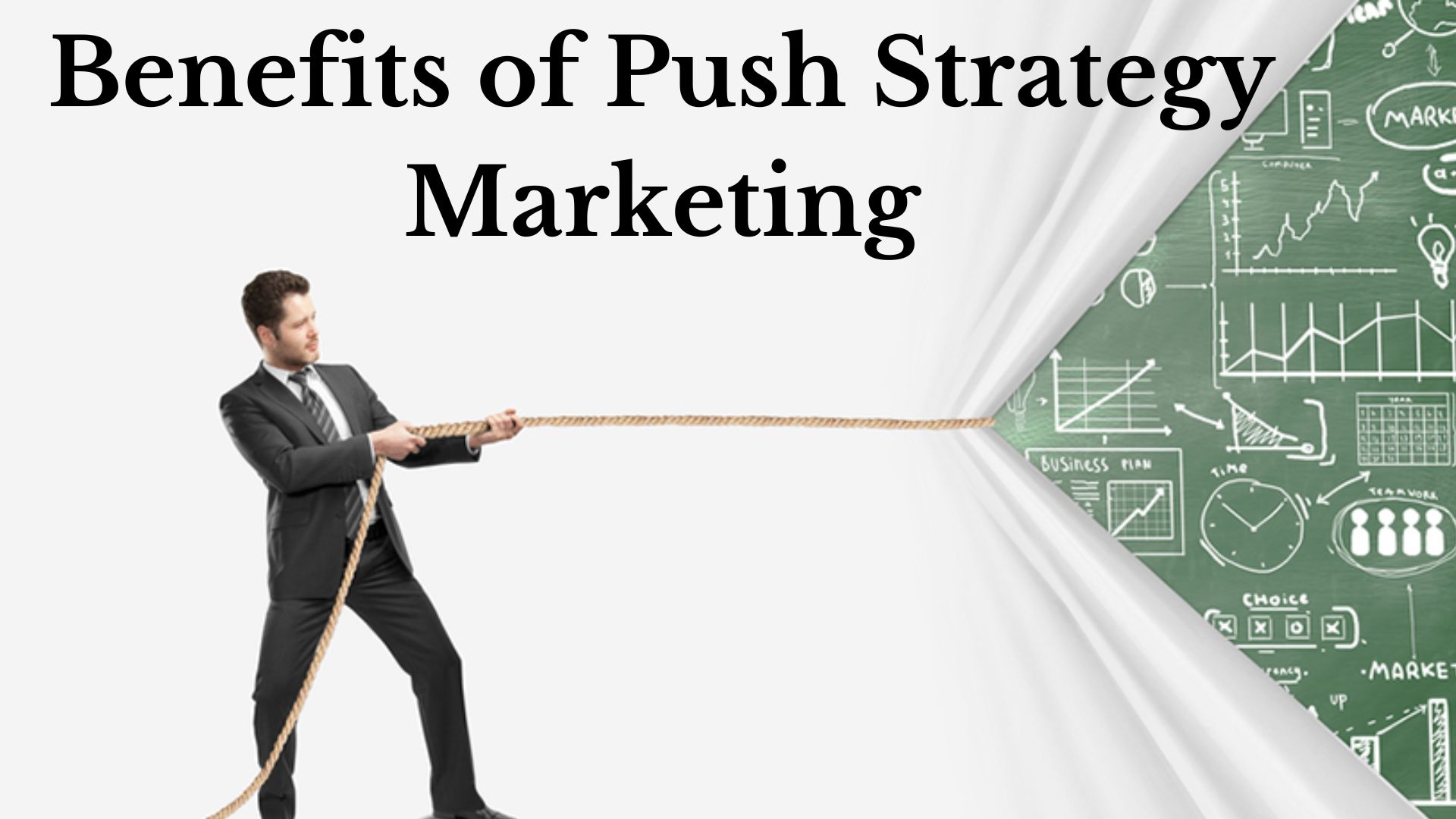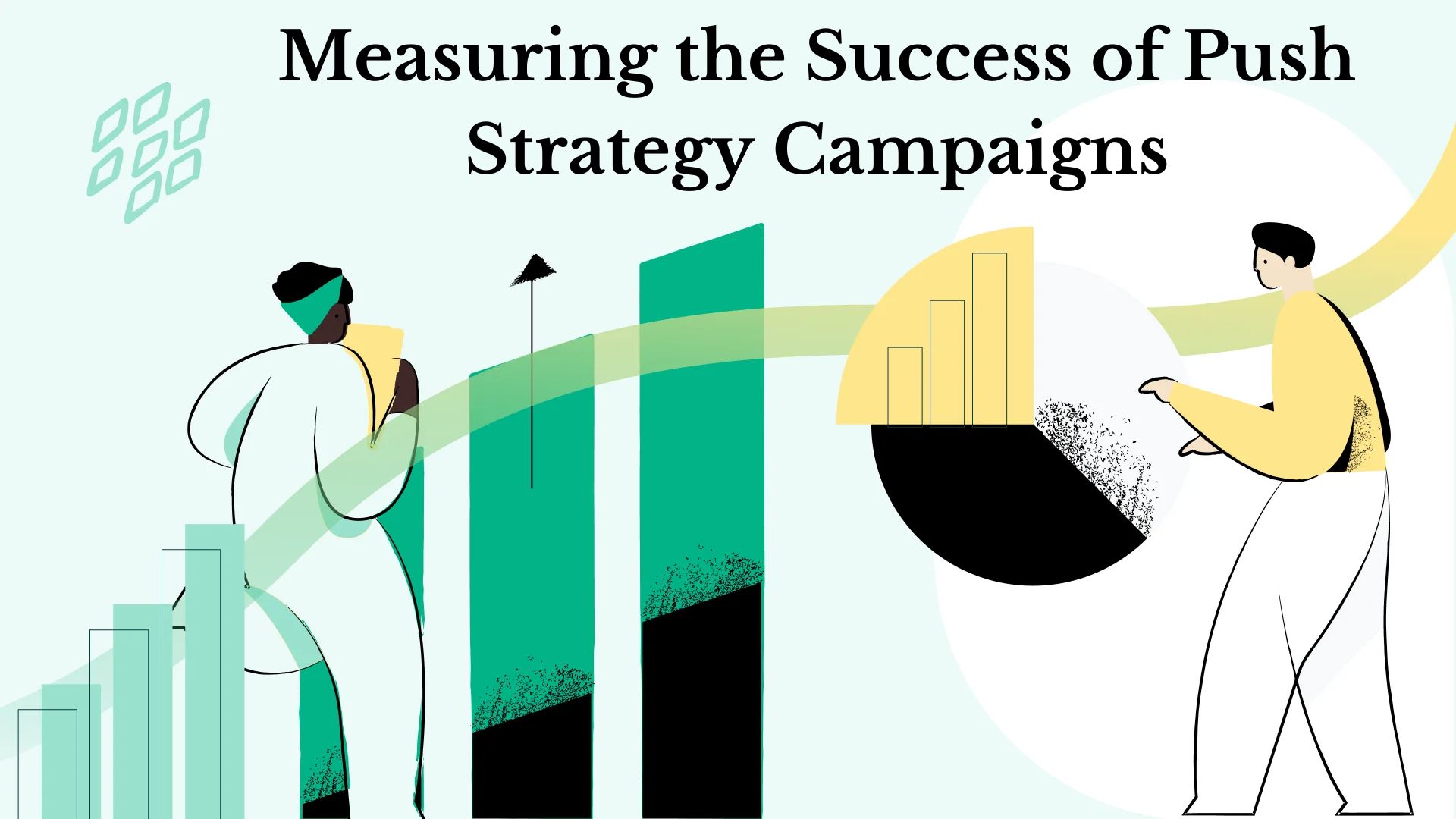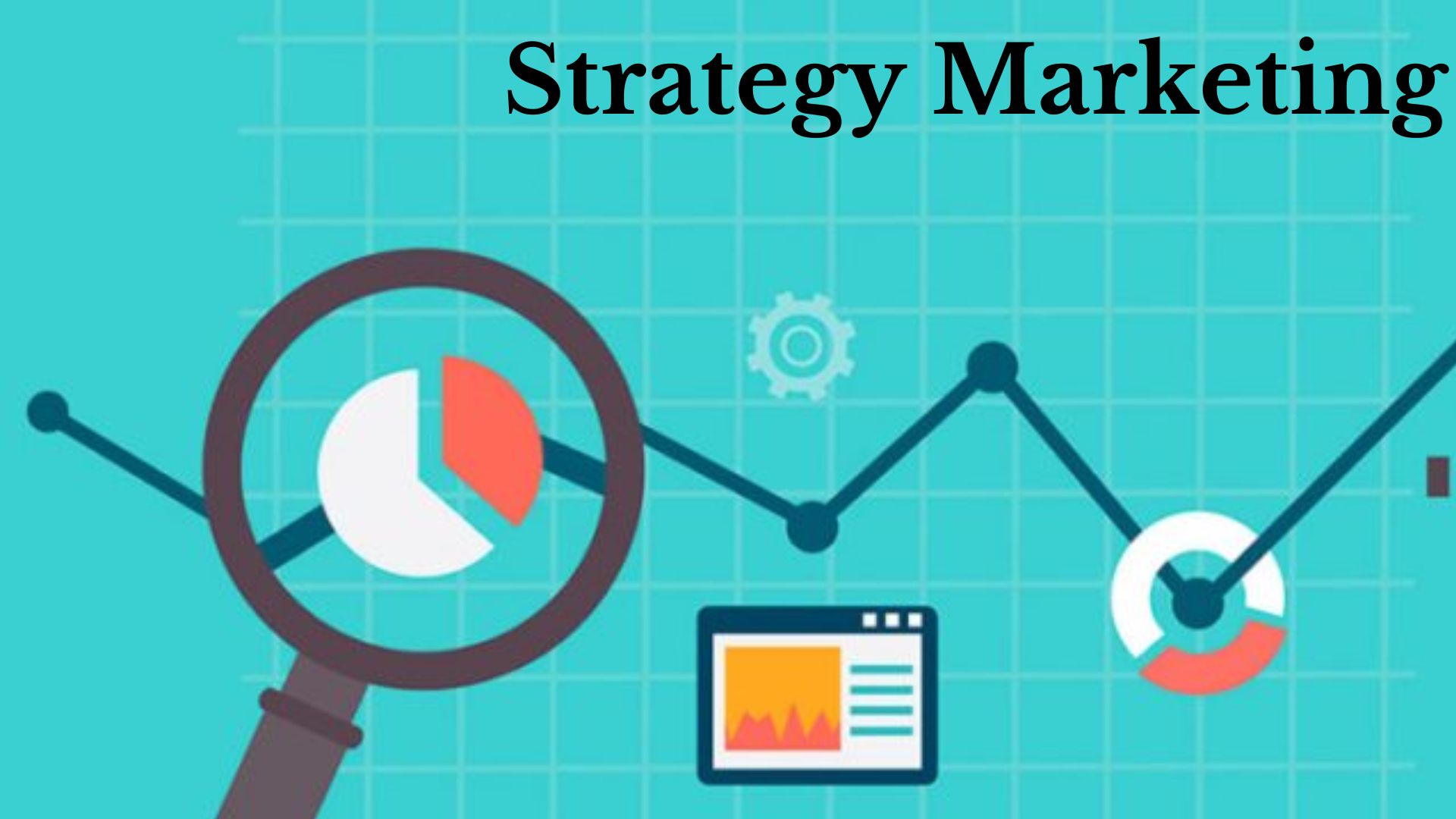Strategy Marketing: Mastering Push – Top 10 Steps for 2024 Success
Ever wondered how certain products seem to just pop up in your life, nudging you towards a purchase? That’s not by chance, it’s by design – a marketing design called ‘push strategy’. This powerful tool in the marketer’s arsenal is all about taking the product directly to the customer.
In the world of marketing, strategies are as diverse as they are dynamic. Among them, the push strategy stands out for its direct approach and immediate results. It’s a world where manufacturers aren’t simply waiting for customers to discover their products, they’re actively pushing them into the spotlight.
Join me as I delve into the nuts and bolts of push strategy marketing. We’ll explore how it works, why it’s effective, and how it’s shaping the face of modern commerce. Buckle up, because we’re about to push the boundaries of what you thought you knew about marketing.
Understanding Push Strategy Marketing
Diving deeper into the depths of push strategy marketing, we gain insights into the basic construct and essential building blocks of this direct marketing methodology.
The Basics of Push Strategy
In essence, push strategy marketing represents a proactive approach to product promotion. A company employing this strategy aggressively markets and distributes its products, thrusting them into the consumer space. In contrast with a pull strategy, which relies on creating demand through advertising to end consumers, a push strategy focuses on supply chain disruption. This includes wholesalers, distributors, and retailers, essentially all intermediaries that bridge the gap between manufacturers and consumers.
Key Components of a Push Strategy
Turning our attention towards the key components of a push strategy, it’s clear that this method is multifaceted, encompassing several critical elements.
- Active Product Promotion: This lies at the heart of every push strategy. A company often engages in aggressive promotional activities, such as trade shows and product launches, which help push the products closer to consumers.
- Intermediary Channels: Unlike pull strategy, a push strategy targets intermediary channels, such as retailers and wholesalers, using incentives and discounts to motivate them to carry and sell their products.
- Effective Supply Chain Management: A successful push strategy involves seamless supply chain management. Proper coordination among various channels becomes vital to ensure inventory management aligns with promotional activities.
- Consumer Awareness: While consumers aren’t the primary focus, they aren’t entirely neglected. A well-implemented push strategy helps build consumer awareness, thereby fostering loyalty and conversion.
By unravelling these fundamental components, we establish a comprehensive understanding of how a push strategy operates within the marketing landscape.

Benefits of Push Strategy Marketing
Capitalizing on the unique strengths of a push strategy in marketing comes with a wealth of benefits. When properly executed, it fosters heightened visibility, cultivates trust with distributors, and bolsters overall business growth. Allow me to delve deeper into these benefits under the subsequent subheadings.
Increased Visibility in Retail Spaces
One major advantage of a push strategy manifests in retail visibility. When a company invests in aggressive marketing tactics — for instance, trade show participation, point of purchase displays, and optimized product packaging — they increase their chances of standing out on crowded store shelves. Essentially, the value proposition of the product permeates the retail environment. For example, a beverage company might leverage eye-catching cooler placements in strategic storefront locations. The visibility gained through these tactics frequently correlates to increased sales, given the right set of circumstances and consumer demand.
Enhanced Distributor Relationships
Moreover, a well integrated push strategy considerably fosters better relationships with distributors. This transformative effect echoes across the supply chain. Companies focus on pushing products through supplier channels, which can influence distributors to stock more of their goods. This practice often results in mutually beneficial arrangements.
As an example, a tech company might incentivize a retailer to prioritize its products through quantity discounts or exclusive distribution rights. When a distributor realizes the profitability of stocking a particular company’s products, they’re more likely to collaborate further. Hence, a push marketing strategy not only enhances brand visibility but also galvanizes long-standing and profitable relationships with distributor partners.
Implementing Push Strategy in Your Business
Building on the solid foundation of understanding push strategy marketing, it’s time to apply this knowledge. Here’s how I can guide you when implementing a push strategy in your business.
Identifying Your Target Market Channels
The first crucial step involves identifying your target market channels, imperative to implementing push strategy marketing. I’ll guide you through this process.
- Explore available channels: Dive into exploring every possible market channel, like wholesalers, retailers, and distributors. Make a comprehensive list with relevant details about each channel.
- Assess offerings: Evaluate what each channel can offer for your specific type of product. Tailor this evaluation on criteria such as the channel’s target consumer base, geographical reach, and any potential fit with your product range.
- Analyze performance: Examine the past performance of your shortlisted channels. This analysis involves probing their sales record, customer feedback, and market reputation.
- Choose wisely: After thorough assessment and analysis, make informed choices. Select your target market channels, bearing in mind your specific business goals.
Creating Demand at the Supplier Level
Another essential factor in deploying a push strategy involves creating demand at the supplier level. Here’s how to go about that.
- Engage with suppliers: Initiate strong partnerships with your suppliers based on understanding, trust, and mutual business goals.
- Communicate effectively: Consistently share information about your product, its unique selling points (USPs), and anticipated market performance. Effective communication can pave the way to a supplier’s interest and faith in your product.
- Offer incentives: Tempt suppliers with incentives, such as better deals on bulk purchases or exclusive rights to sell within certain regions. Incentives often serve as catalysts in generating demand at the supplier level.
- Monitor progress: Keep a close eye on your relationship with suppliers and the resulting demand. Amplify strategies that work and revise ones that do not, ensuring your business stays on track towards its goals.
Thus, successfully identifying your target market channels and creating demand at the supplier level can propel your business into accelerated growth using a push strategy marketing approach.
Examples of Successful Push Strategy Marketing
With understanding how businesses can implement a push strategy, let’s take a look at some specific instances of successful push strategy marketing. Here, I’d list out and detail some real-world case studies across varying industries.
Case Studies from Various Industries
Tech Industry: Apple
Apple, a renowned global tech company, offers a prime example of successful push strategy marketing. Apple essentially generates demand for its new products — iPhones, iPads, or Macs — through numerous strategies. For instance, Apple stages high-profile launch events, generating anticipation and demand for its products. Additionally, through strategic advertising and in-store displays, Apple successfully pushes its products to consumers directly, resulting in a high volume of sales at release.
Automotive Industry: Tesla
Tesla, an industry-leading electric vehicle and renewable energy company, also demonstrates a compelling push strategy. Bypassing the standard dealership model, Tesla sells cars directly to consumers online and through its own branded stores. This eliminate the role of intermediaries, effectively pushing products directly to consumers, a classic example of a push strategy.
Fashion Industry: Zara
Zara, a fast-fashion brand, practices a push strategy in managing its supply chain. Following a just-in-time model, Zara manufactures products based on real-time consumer trends, subsequently pushing these products to the market. The rapid turnover and fresh inventory entices shoppers, reinforcing its push strategy effectiveness.
These instances underscore the power of a push strategy marketing approach. From tech to automotive to fashion, companies can leverage this proactive method of marketing to cultivate consumer demand, disrupt traditional supply chains, and drive significant business growth. Remember, effective push strategy marketing involves active product promotion, focused supply chain management, and building consumer awareness — all of which are demonstrated in the featured examples.
Challenges and Considerations
While push strategy marketing holds immense potential for business growth and profitability, there are a few challenges and considerations to bear in mind. Let’s delve deeper into these aspects.
Managing Inventory and Logistics
Inventory and logistics management plays a pivotal role in push strategy marketing. Unpredictable or inaccurate demand forecasting often leads to excess or insufficient inventory. It increases storage cost in case of excess inventory, and with insufficient inventory, it risks customer dissatisfaction due to unfulfilled orders. To overcome these challenges, businesses must leverage advanced data analytics tools. These tools aid in precise demand forecasting and competent inventory control, thereby avoiding unnecessary storage costs and ensuring customer satisfaction.
Inadequate logistics management can also disrupt the efficacy of push marketing. For example, delivery delays, product damages during transit, and inefficient distribution strategies can all negatively impact a business’s reputation and customer satisfaction. Businesses can mitigate these potential pitfalls by investing in robust logistics solutions. Examples include GPS-enabled delivery management systems and automated warehouse management systems, which streamline distributions to maintain the quality, speed, and accuracy of deliveries.
Aligning with Consumer Needs
Aligning with consumer needs is another critical consideration in push strategy marketing. Given the strategy’s proactive nature, businesses often push their products without a thorough understanding of their customer needs. This approach may lead to unimpressive sales, as the products may not meet the specific needs and wants of the consumers. Businesses can navigate this challenge by conducting regular market research to understand the changing consumer preferences, trends, and demands.
Moreover, the push strategy relies on promotional activities to generate demand, but an excessive focus on promotions might undermine the quality or utility of the product. Thus, while it’s essential to market compellingly, businesses must also focus on product quality and relevance. By implementing a balanced approach, companies can successfully align their offerings with customer needs, ensure product relevance, and achieve benefits of their push strategy marketing.

Measuring the Success of Push Strategy Campaigns
Key Performance Indicators (KPIs) to Track
Measuring the success of push strategy campaigns isn’t nebulous; it’s measurable, calculable, and highly trackable. KPIs offer essential metrics for evaluation. I’m focusing on several key indicators that can illustrate campaign effectiveness:
- Sales Volume: A direct measurement of the number of units sold. A rise signifies increased customer reach and impulse purchasing, both indicators of a successful push strategy.
- Inventory Turnover: Measures how frequently inventory is sold and replaced within a given time period. High turnover indicates strong sales, signifying a high-performing push strategy.
- Promotional Response Rates: Tracked by the number of customers responding to ongoing promotions. High response rates correlate with greater success.
- Client’s Satisfaction: Monitored through surveys or feedback, the higher the satisfaction, the more effective the push strategy.
- Supplier’s Performance: Monitors how effectively suppliers manage their inventories and delivery. Excellent performance from suppliers aids in maintaining a seamless push strategy.
Remember, all organizations have unique goals and may require different KPIs. Customize metrics to suit your particular needs, but don’t overlook these fundamental indicators.
Conclusion
So, we’ve journeyed through the ins and outs of push strategy marketing. It’s clear that this proactive approach to product promotion and supply chain management is a powerful tool in the marketer’s arsenal. We’ve seen how targeting intermediary channels, creating demand at the supplier level, and measuring success with KPIs are crucial steps in implementing a successful push strategy. Remember, it’s all about taking the product directly to the customer, disrupting traditional supply chains, and building consumer awareness.
While the path may seem complex, with careful planning and execution, it’s entirely achievable. The key lies in customization, assessing your offerings, and making informed choices based on performance analysis. It’s not a one-size-fits-all solution, but a flexible strategy that can be tailored to suit your unique organizational goals. Harness the power of push marketing and reap the rewards.
Frequently Asked Questions
What is a ‘push strategy’ in marketing?
A ‘push strategy’ in marketing is a proactive approach where products are taken directly to customers. It involves active product promotion, targeting intermediary channels, effective supply chain management, and building consumer awareness.
How is a push strategy implemented in business?
A push strategy is implemented by identifying target market channels, exploring available options, assessing offerings, and making informed choices. It also involves creating demand at the supplier level through effective communication and offering incentives.
What is the role of Key Performance Indicators (KPIs) in push strategy?
KPIs in a push strategy provide essential metrics for evaluating the strategy’s effectiveness. They include sales volume, inventory turnover, promotional response rates, client satisfaction, and supplier performance. They help in customizing the strategy to align with unique organizational goals.

Leave a Reply